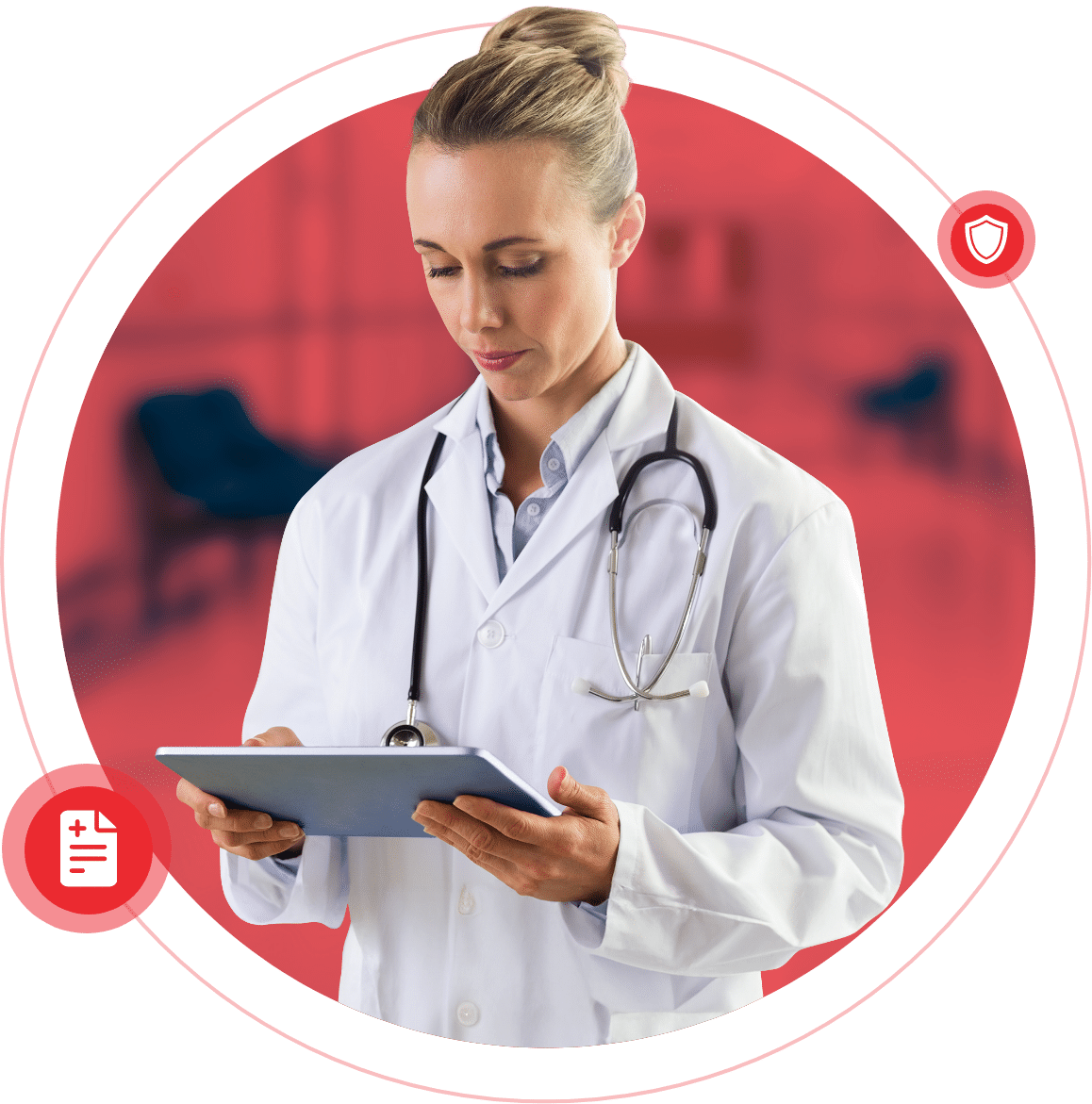Healthcare and adjacent industries have become more competitive than ever. Organizations must use the latest technologies to automate workflows, reduce costs, and improve productivity without losing sight of data security and compliance requirements.
Manual data entry causes errors and delays that negatively impact care continuity, treatment outcomes, and patient experience. It may also affect claim processing, hurting your cash flow and financial health.
Clarity CD features the latest NLP and ML technology, supported by Consensus’ advanced cloud platform and eFax Corporate’s secure digital faxing solution, to help healthcare organizations process patient data accurately and efficiently across the care continuum. Request a demo to see how we can help you modernize the data intake process:



